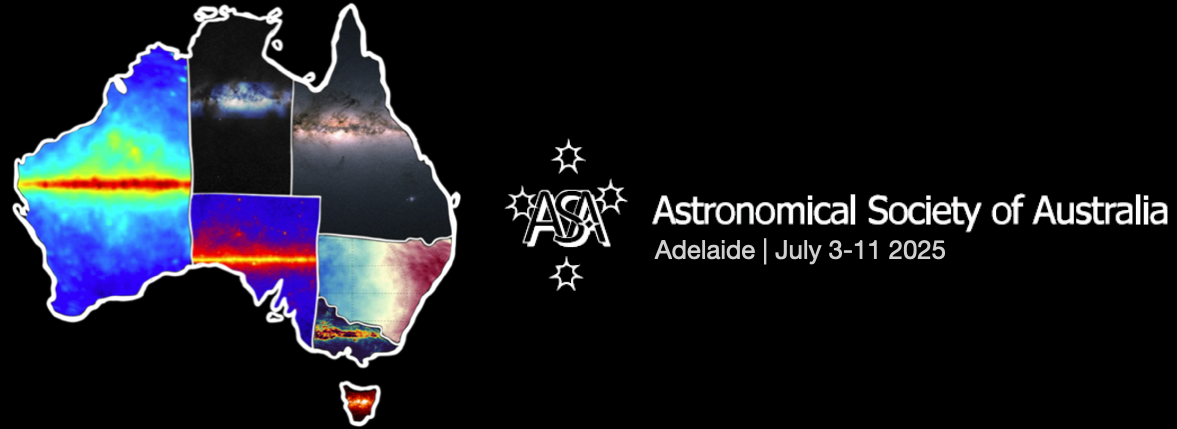Speaker
Description
The PICSARR (Polarimeter using Imaging CMOS Sensor and Rotating Retarder) design was first tested in 2021. Several of these instruments have now been built and are used at several sites in Australia and the USA. Improvements in the latest versions enable observations of much fainter stars while still providing high-precision and wide wavelength coverage. These instruments allow small telescopes (20cm – 1m aperture) to undertake studies that would have previously needed much larger telescopes. We will present examples of the observations that these instrument have made possible in fields ranging from stellar polarization variability (Supergiants, Be stars, Binary stars, Wolf-Rayet stars) to Solar System studies (Planets, Satellites, Asteroids) to observations of artificial satellites.

